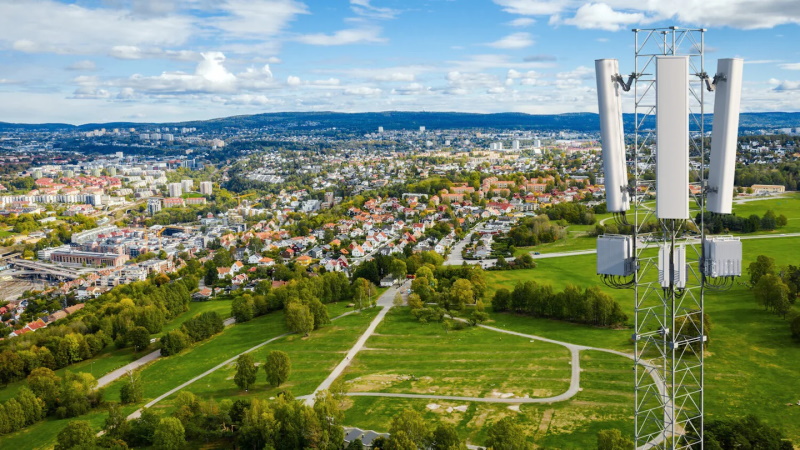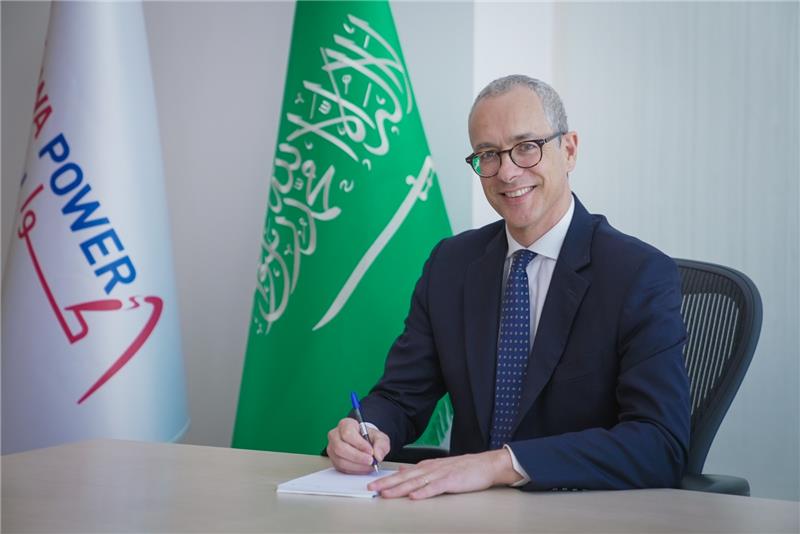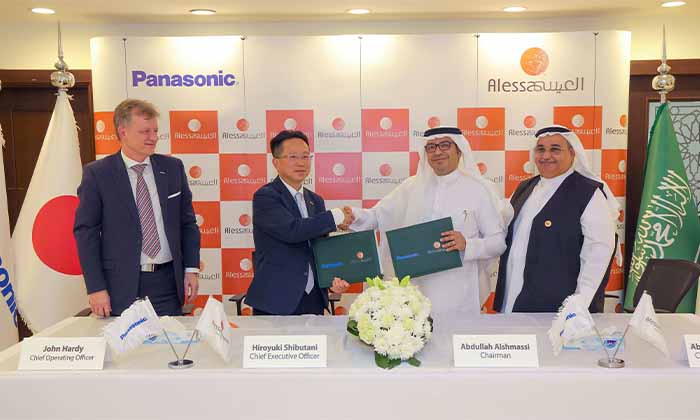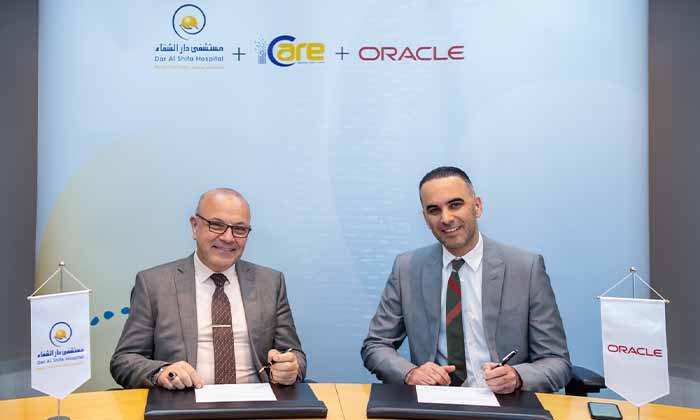A new edition of Ericsson’s Breaking the Energy Curve report offers updated advice to communications service providers (CSPs) about how they can become more energy-efficient, sustainable, and cost-effective as they scale up 5G – while also achieving their business goals and sustainability targets.
In the 2020 first edition of the report, Ericsson estimated the annual global energy cost for running mobile networks at about USD 25 billion. With subsequent global economic challenges, punctuated by the energy crisis and surging inflation, that number is now expected to rise.
These developments further focus the need for CSPs to be even more efficient and sustainable in running their networks. Ericsson’s updated ‘On the Road to Breaking the Energy Curve’ report aims to support them towards these goals.
Fredrik Jejdling, Executive Vice President and Head of Business Area Networks, Ericsson, says: “As global deployments of 5G connectivity continue, the benefits of an energy-conscious, future-proof portfolio are becoming more evident. However, it is also clear that the major energy consumption savings such a portfolio delivers across the network can also be strengthened by other actions.”
He adds: “We cannot continue with a ‘business as usual’ approach. We should take advantage of wider network changes and modernization as opposed to piecemeal swap-outs. We must utilize the latest advances in technology to enable energy-saving functionalities and consider the best use of our energy sources. To put it simply, we need to think differently.”
5G has been deployed globally in more than 200 networks since the previous edition of the report. The updated report outlines three steps on how to scale up 5G with sustainability top-of-mind and reduce the total network energy consumption by challenging the traditional industry approach.
- Plan differently – focus on a sustainable network evolution; embrace a holistic view of company targets and network realities to allow for network planning and operation supporting business and sustainability ambitions.
- Deploy differently – effectively modernizing the existing network is essential when scaling 5G to reduce the mobile network’s total energy consumption.
- Operate differently – leverage artificial intelligence/machine learning (AI/ML) and automation to maximize traffic performance of deployed hardware with minimized energy use.
As radio access network (RAN) products and solutions consume the most energy across a mobile network, the report highlights the need for CSPs to continually prioritize RAN energy savings as new energy-efficient product generations are released. This is the best way to keep energy use under control while delivering excellent user experience.
The report recommends taking a holistic view of network evolution, expansion and operation to break the upward trajectory of energy consumption of mobile networks. This approach will also help address the challenge of exponential data traffic growth.
It provides guidelines on how to be more energy-efficient, sustainable, and cost-effective while extending the reach and benefits of 5G with new and advanced use cases, thus helping CSPs achieve the overall goal – the projected *Net Zero state by 2050.















